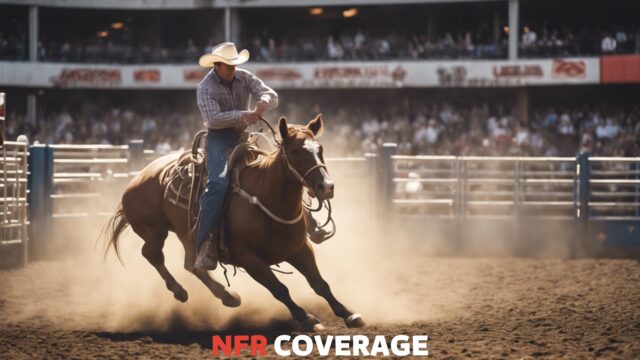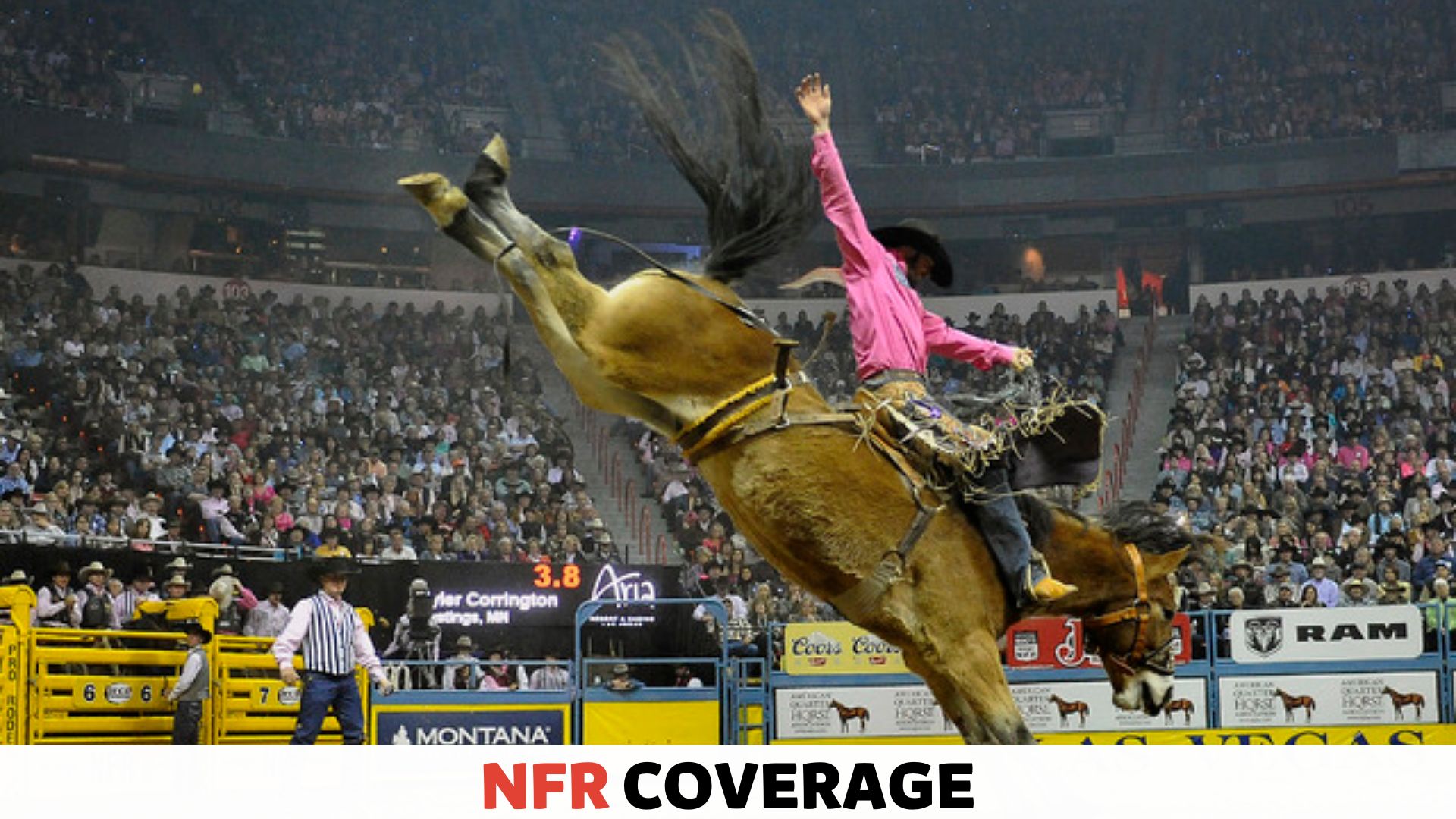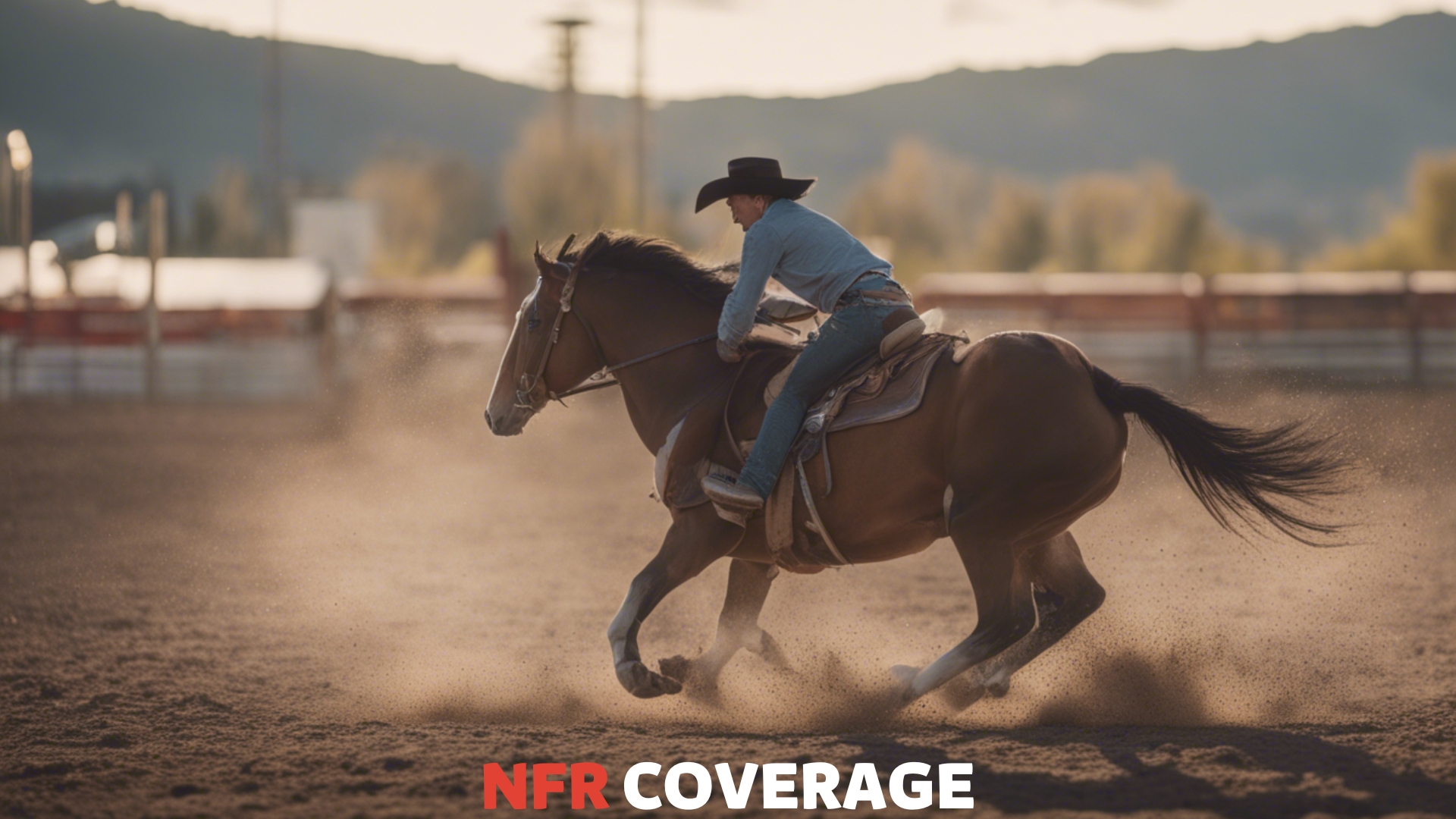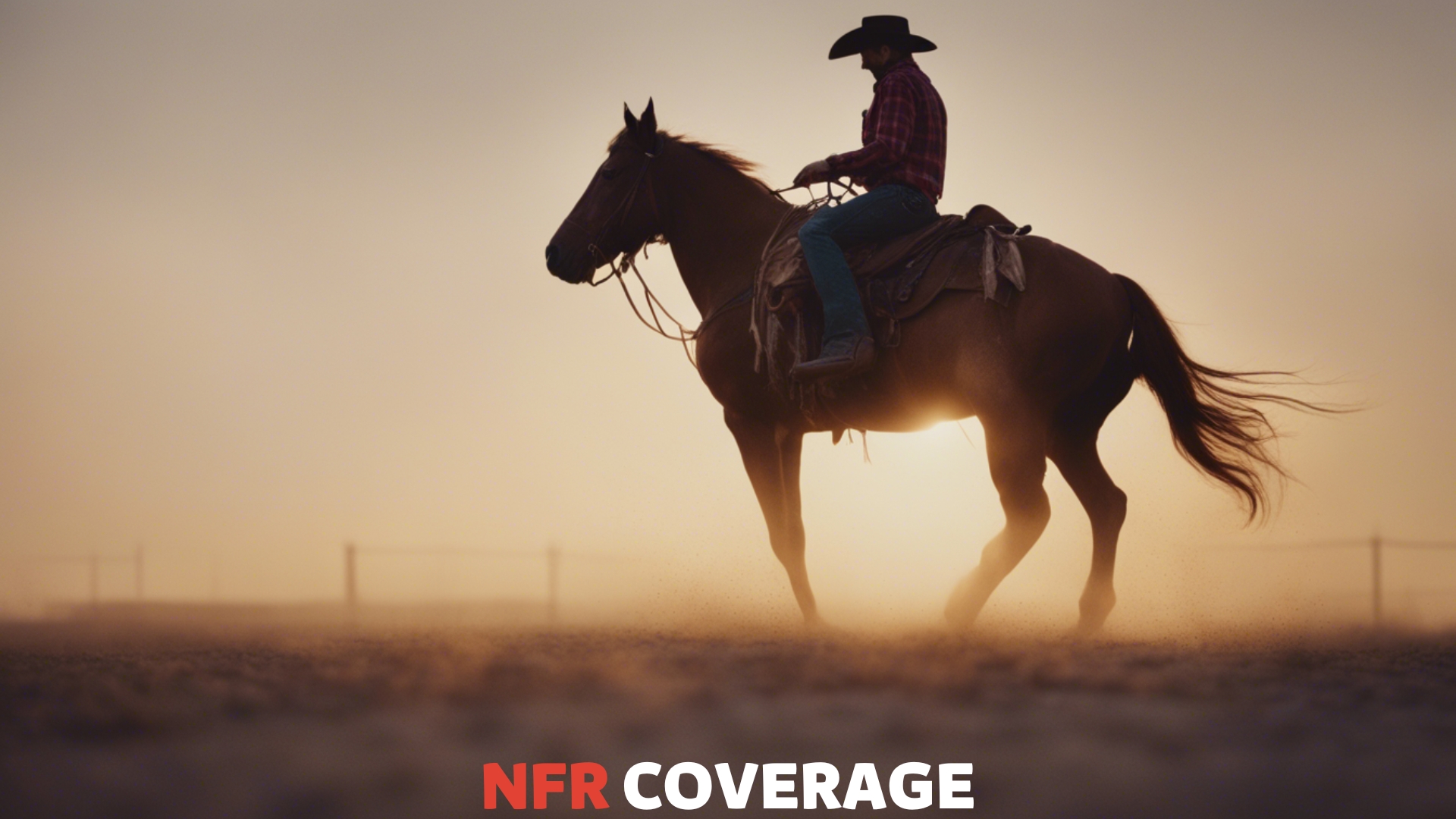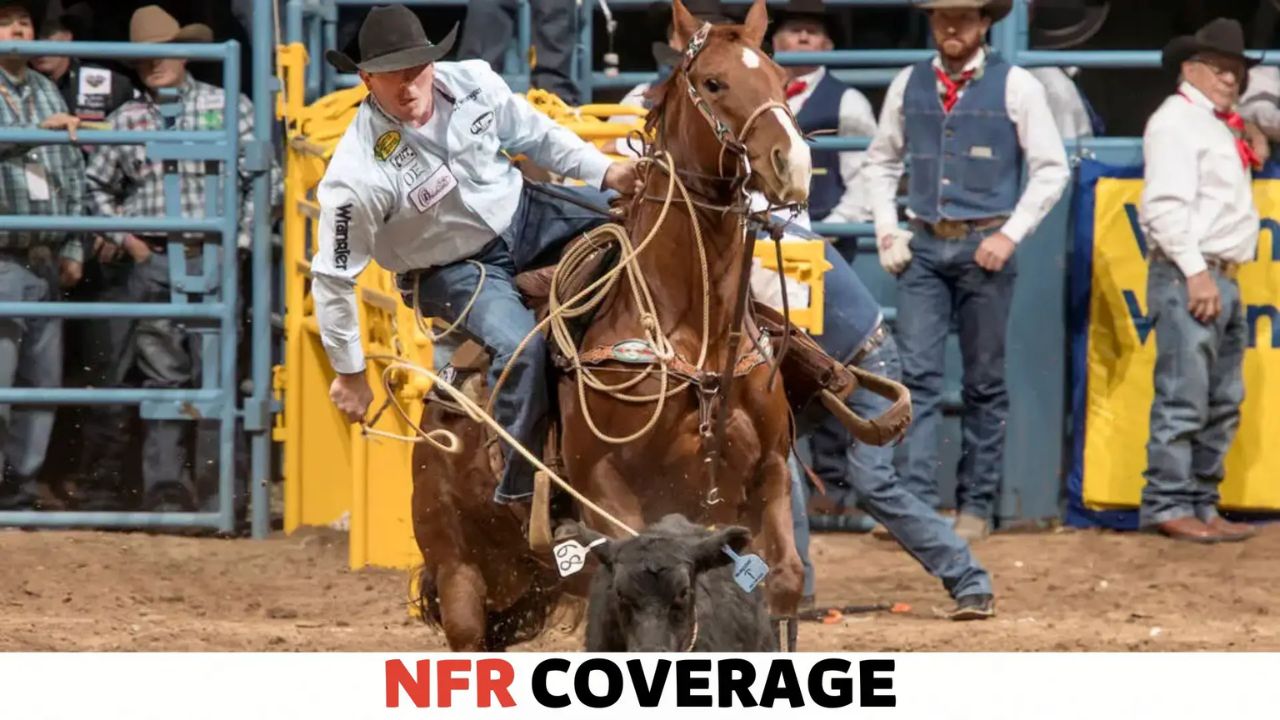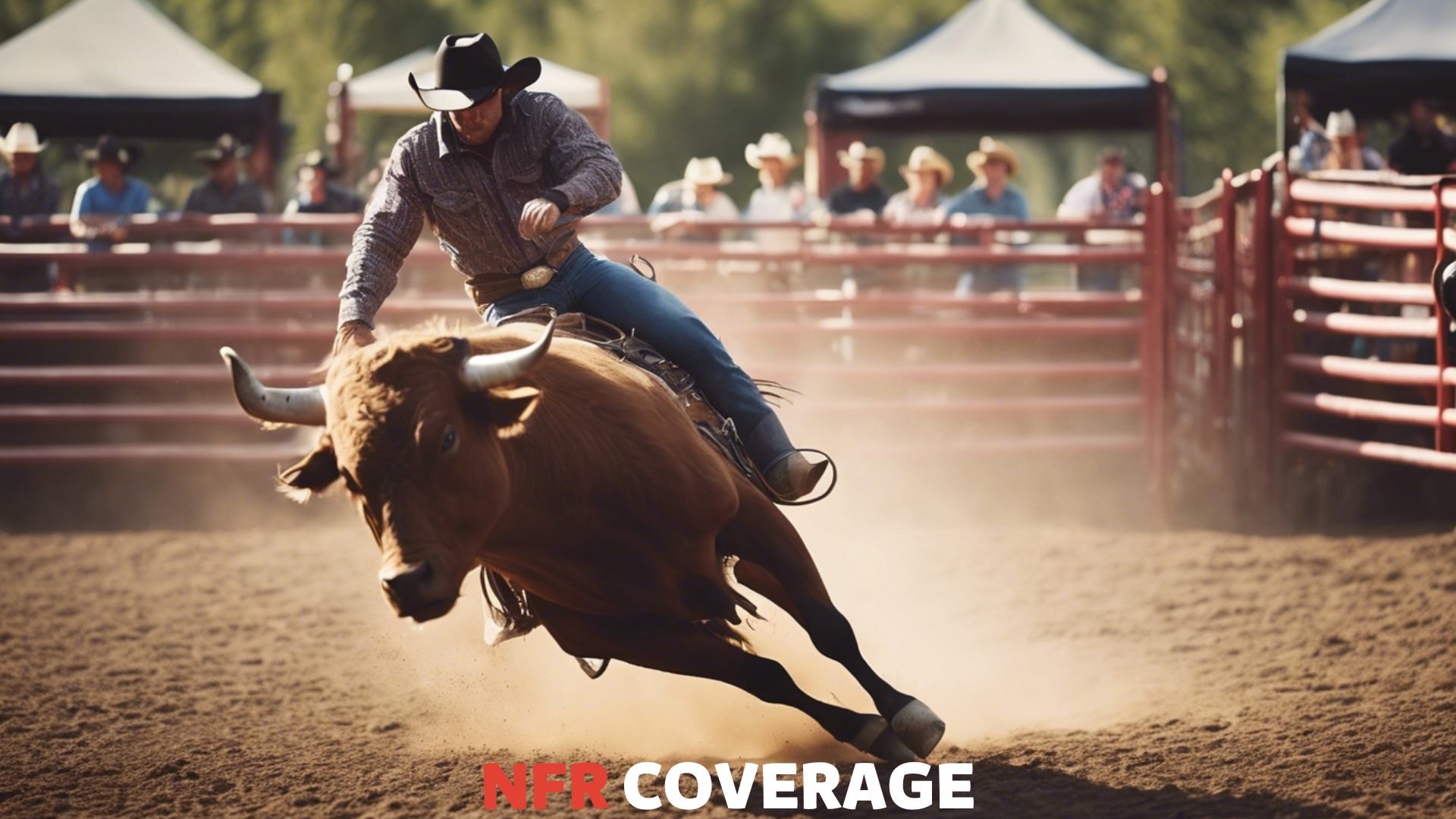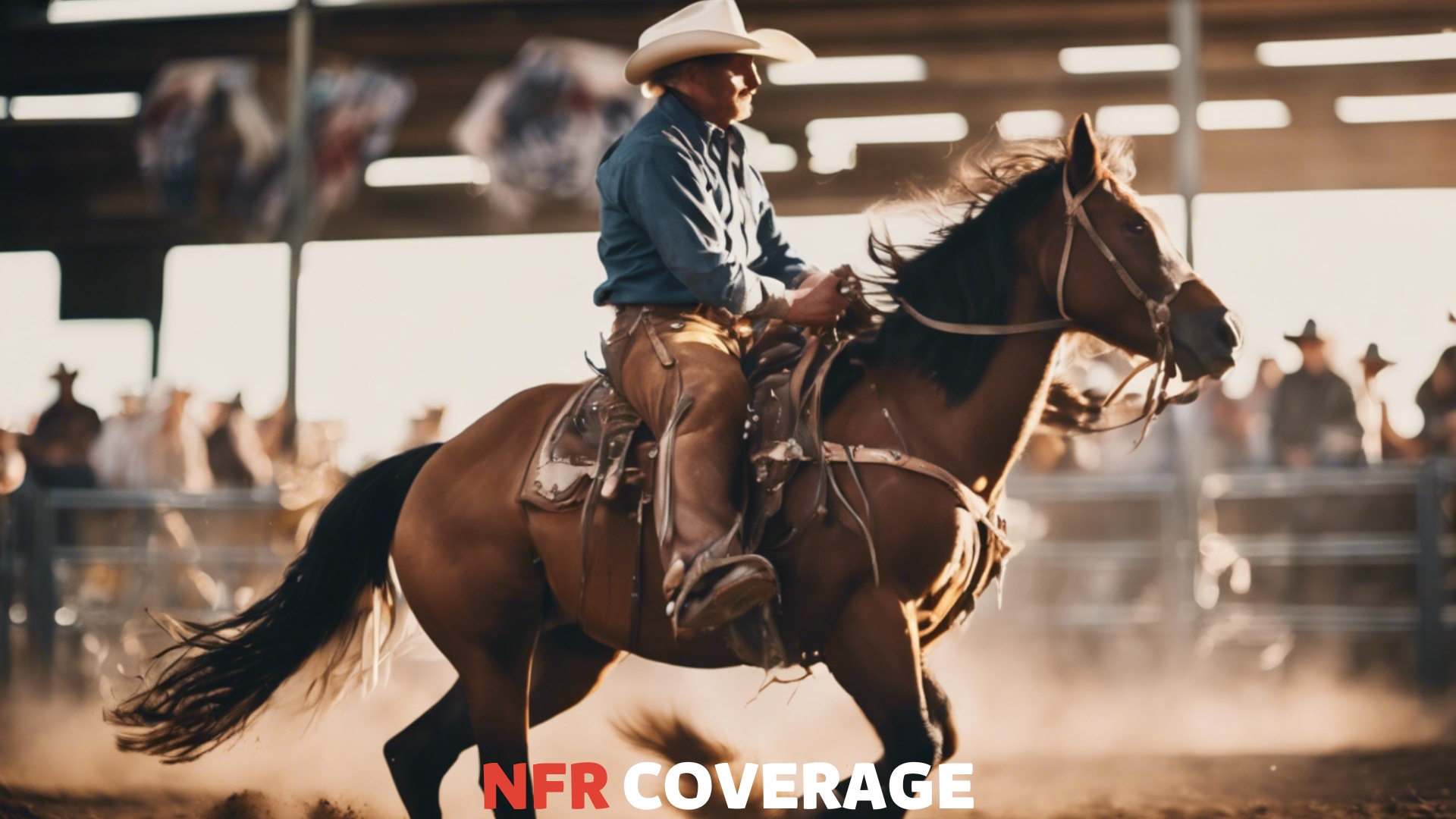Rodeo scoring depends on both the rider’s and the animal’s performance. Judges assign scores of 50 points for each, totaling a maximum of 100.
Rodeo has long stood as a test of skill and endurance, tracing its roots back to the cattle-herding practices of the past. Today, it’s not just a sport but a celebration of cowboy traditions, attracting competitors and fans worldwide. Understanding how scoring works is key to appreciating the complexities of rodeo events.
The sport typically features riding and roping contests where cowboys and cowgirls showcase their finesse in handling horses and livestock. Both participants and animals are evaluated, ensuring that scores reflect the quality of effort and entertainment provided.
This scoring system ensures fair competition and helps audiences engage with the action unfolding in the arena.
The Basics of Rodeo Scoring
The Basics of Rodeo Scoring are crucial in determining winners at rodeo events. Understanding the scoring system is key to appreciating the skill and athleticism on display.
Points Allocation System
Rodeo events have a points system that determines the ranking of the competitors. Points are awarded based on the performance quality of both the rider and the animal.
- A rider can earn up to 100 points per event.
- Points are split equally between the rider’s skill and the animal’s performance.
- Typically, 50 points go to the rider and 50 to the livestock.
A perfect score is rare and signifies an exceptional performance. Scores are usually in the 60 to 80 range.
Role of Judges in the Arena
Two judges in the arena oversee the scoring process at a rodeo. Each judge contributes half of the total score for a contestant.
| Judge 1 | Judge 2 | Total Points |
|---|---|---|
| 25 points | 25 points | 50 points (Rider) |
| 25 points | 25 points | 50 points (Animal) |
| Total per Judge | 100 points | |
Each judge watches for technique, control, and the animal’s movement. They apply strict criteria to ensure fairness and consistency.
Events and Scoring Criteria
The thrill of rodeo events captivates audiences with intense competition and daring skills. Scoring in rodeo is complex. Judges look at both the rider’s performance and the animal’s efforts.
Every event has unique criteria and techniques. Points can lead to winning titles and big prizes. Let’s delve into how scoring unfolds in these gripping sports.
Rider and Animal Performance in Bull Riding
In bull riding, scoring reflects a partnership between the rider and the bull. The Cowboys must stay on for 8 seconds to earn a score. The ride’s quality affects the points. Judges grade riders and bulls separately, then combine these for the final score.
- Riders can earn up to 50 points.
- Bulls also earn up to 50 points.
- The total potential score per judge is 100 points.
- High scores mean better rider technique and a challenging bull.
| Rider Skills Evaluated | Bull’s Performance Criteria |
| Balance | Strength |
| Control | Agility |
| Poise | Bucking Power |
| Leg position | Unpredictability |
A bull’s bucking power significantly boosts its score. Likewise, a rider’s control and composure can notch up their tally – especially when facing a fierce bull.
Techniques Evaluated in Saddle Bronc
Saddle bronc riding showcases classic rodeo skills. Like bull riding, riders must stay aboard for 8 seconds. Judges watch for style, timing, and horse-rider synchrony. Points are awarded for competence and flair.
- Riders aim for up to 50 points.
- Horses garner up to 50 points for their performance.
- Grace and technique are key for riders.
- Horses are scored for their bucking vigor.
Cowboys are judged on:
- Spurring action in rhythm with the horse’s movement.
- Maintaining control and poise.
- Staying centered over the horse.
- Quality of spurring technique.
Horses are evaluated on:
- Power and speed of bucks.
- Change in direction and unpredictability.
- Overall athleticism.
Successful riders match their moves with the horse’s rhythm, achieving a dance of grit and agility. High-scoring horses toss in surprises, increasing the challenge.
Understanding the Scoring Scale
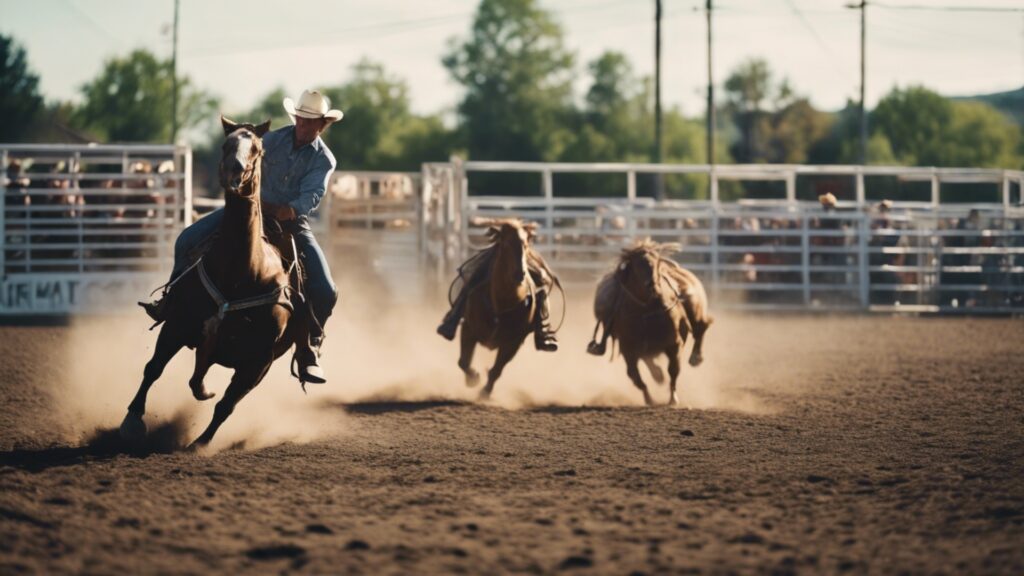
For fans and newcomers alike, learning how rodeo scoring works adds depth to the thrill of the competition. Rodeo events use a unique system to judge performances, and a key to truly enjoying the spectacle is understanding the scoring scale.
Let’s saddle up and decipher this pivotal aspect of rodeo.
Breaking Down the 100-point Scale
In rodeo scoring, judges use a 100-point scale to rate the performance of both the rider and the animal. Here is how it works:
- Each ride has two judges.
- Each judge awards up to 50 points.
- The rider and the animal can earn up to 25 points each per judge.
Riders accrue points for technique, style, and control. Animals gain points for power, speed, and difficulty. The scores from both judges combine for a total out of 100. This total score determines a rider’s rank in the event.
High Scores vs. Low Scores: What They Indicate
A rider’s goal in rodeo is to aim for the highest score possible. Here’s what the numbers suggest:
| Score Range | Rider Performance | Animal Performance |
| 80-100 | Excellent technique, style, and control | High power, speed, and difficulty |
| 70-79 | Good technique with minor flaws | Good power and speed, moderate difficulty |
| 60-69 | Fair performance with room for improvement | Fair levels of power and speed |
| 50-59 | Poor technique and lack of control | Low difficulty and unchallenging performance |
| Below 50 | Unsuccessful ride with significant faults | Lackluster and unimpressive show by the animal |
A high score demonstrates outstanding ability and a spellbinding show. Conversely, a low score indicates missed opportunities and a lackluster ride. Both scores reflect on the contestant and the animal, as the rodeo is a team effort.
Factors Affecting Scores
Understanding Rodeo scoring involves much more than tallying rides. Multiple factors affect a competitor’s final score. A closer look at these factors reveals the complexity and skill involved in this exciting sport.
Animal Behavior and Difficulty Level
Animal performance plays a crucial role in rodeo scoring. Judges observe this and award points accordingly:
- Bucking intensity: More points for harder to ride.
- Speed and Agility: Fast, agile animals score higher.
- Rhythm unpredictability: Less predictable movements mean more points.
Rider Form and Control
Riders are judged on how well they maintain their form and control during the ride:
| Criteria | Description | Impact on Score |
|---|---|---|
| Balance | A strong grip can add points | Higher stability equals more points |
| Grip | Effective use of rope and body | Strong grip can add points |
| Posture | Maintaining proper form | Correct posture increases scores |
| Control | Dominance over the animal | More control, higher marks |
Penalties and Disqualifications
Rodeo scoring isn’t just about the flair and bravery of riders; strict rules govern it. Penalties and disqualifications play a crucial role. A clear understanding of these can mean the difference between a champion and a round-ending mistake.
Let’s delve into the common pitfalls that result in penalties and the severe breaches that lead to disqualification.
Common Penalized Mistakes
Competitors in rodeo face a series of rigid rules which, if not followed, result in penalties that detract from their score. These mistakes can turn a potential high-scoring ride into a disappointing performance.
- Time errors: Exceeding time limits, or being too slow to start, attracts penalties.
- Rider errors: Forgetting to raise one’s hand at the start, or losing a hat, results in points lost.
- Animal mistreatment: Rough handling of the rodeo animal is penalized.
Circumstances Leading to Disqualification
While penalties affect a competitor’s score, disqualification ends their attempt entirely. These are the non-negotiable breaches that officials monitor closely.
- Use of forbidden equipment: Each event has approved gear. Using banned equipment leads to disqualification.
- Unsportsmanlike conduct: Respect is key. Disrespectful behavior can send a rider home.
- Animal welfare violations: The well-being of rodeo animals is paramount. Significant harm to an animal ensures immediate disqualification.
Technology and Tools in Scoring
Rodeo is evolving with technology, especially in scoring. Old-fashioned methods meet modern solutions to track performance in this thrilling sport.
Use of Electronic Scoring Systems
Advancements in technology introduced electronic scoring systems to rodeo. Let’s dive into how these tools enhance scoring:
- Accuracy: Electronic systems reduce human error, making scores more precise.
- Real-time Results: Scores display instantaneously, keeping audiences engaged.
- Data Storage: Rodeos can save scores for future analysis and records.
These systems often include sensors and software. Sensors track movements. The software calculates scores. Together, they ensure fair competition.
Manual Scoring: Tradition vs. Technology
Despite advances, many rodeos still use manual scoring. Judges rely on experience to rate rides. They look at style, control, and technique. Here is a comparison:
| Manual Scoring | Electronic Scoring |
|---|---|
| Subjective evaluations by human judges | Objective measurements by technology |
| Tradition-rich | Innovative and modern |
| Time-consuming tallying | Instant score computation |
Both systems have strengths. Some resist technology, holding to the traditional ways. Others embrace electronic scoring for its benefits.
Frequently Asked Questions
What is the Basis of Rodeo Scoring?
Judges score the rider and animal on a scale from 0 to 50, leading to a combined score of 100 for performance.
How is a Rodeo Ride Time Calculated?
Rodeo riders must stay on the animal for 8 seconds to qualify for a score.
Can Rodeo Scores End in a Tie?
Yes, rodeo events can result in ties, requiring tie-breaker rounds or shared prizes among contestants.
What Factors Affect Rodeo Scoring?
Rodeo scoring factors include rider control, animal performance, and rider technique and style throughout the ride.
Are Rodeo Scoring Systems Universal?
While commonalities exist, rodeo scoring can vary by region and association with different rules and guidelines.
Conclusion
Understanding rodeo scoring is essential for appreciating this thrilling sport. Each event has unique criteria, skillfully judged for fairness and accuracy.
Whether you’re a rodeo enthusiast or a newcomer, grasping the scoring system enriches your experience. Dive deeper, attend events, and join the rodeo community in celebrating this athletic spectacle.


